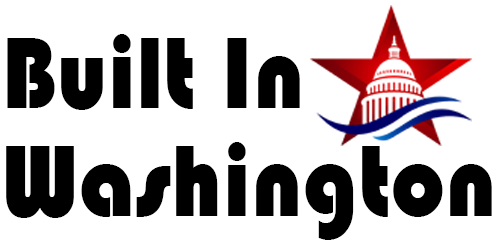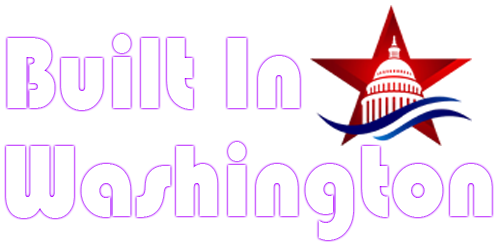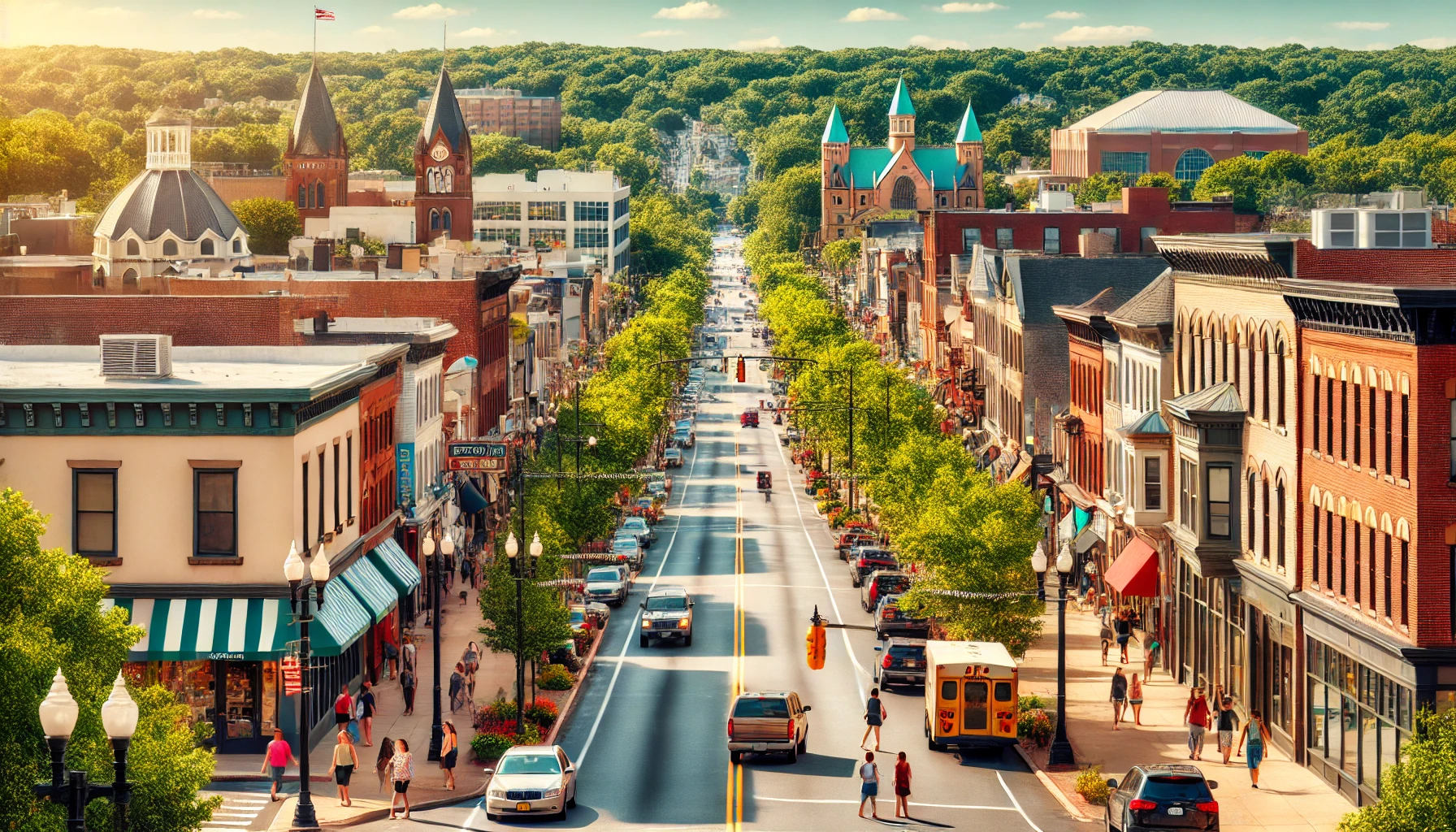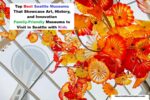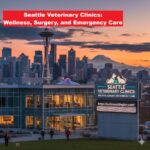South Orange Avenue isn’t just a road—it’s a thriving lifeline connecting diverse communities, cultures, and businesses. Stretching through key areas in New Jersey, this iconic avenue offers a blend of history, commerce, and neighborhood pride that continues to evolve with time.
The Historical Roots of South Orange Avenue
Early Beginnings
South Orange Avenue started as a simple transit route but quickly grew into a vital part of New Jersey’s infrastructure. In the 19th and early 20th centuries, it helped connect suburban homes with city businesses, laying the foundation for economic and cultural growth.
A Hub for Diverse Communities
Over the decades, the avenue became home to families from all over the world. Immigrants settled in nearby neighborhoods, bringing their traditions, food, and businesses. This cultural mix gave South Orange Avenue a unique identity that still thrives today.
Neighborhoods Along the Avenue
South Orange Village
One of the most charming areas along South Orange Avenue is South Orange Village. Known for its tree-lined streets, vintage homes, and vibrant arts scene, this neighborhood feels like a small town with big-city convenience. It’s also home to Seton Hall University, which adds an academic and youthful energy to the community.
East Orange and Newark
Moving east, the avenue passes through East Orange and parts of Newark, cities undergoing exciting urban revitalization. New apartment complexes, business hubs, and green spaces are transforming these neighborhoods into modern, livable communities.
Economic Growth and Revitalization
Investments in Infrastructure
Recent years have brought major investments to South Orange Avenue. Local governments are working on improving roads, sidewalks, lighting, and public transportation. These updates are designed to make the avenue safer, more walkable, and more attractive to residents and visitors alike.
Booming Local Businesses
Thanks to these improvements, businesses are booming. You’ll find everything from trendy coffee shops and salons to legal firms and grocery stores. Many entrepreneurs, especially from minority communities, have opened shops along the avenue, helping boost the local economy.
Transportation and Accessibility
Public Transit Options
South Orange Avenue is a commuter’s dream. NJ Transit buses run frequently along the route, connecting passengers to nearby train stations and New York City. For many, it’s the perfect place to live if you work in the city but want to enjoy suburban comfort.
Walkability and Bike Lanes
Efforts are underway to improve walkability and add bike lanes, making it easier and safer for pedestrians and cyclists. These eco-friendly updates are turning the avenue into a modern, sustainable corridor.
Educational and Cultural Highlights
Seton Hall University
One of the most influential institutions along South Orange Avenue is Seton Hall University. With its large student population and frequent events, the university helps fuel the local economy. Restaurants, bookstores, and apartment rentals all benefit from the student presence.
Libraries, Art Centers, and Events
Cultural life flourishes here. From public libraries to community theaters, there’s always something happening. South Orange Avenue also hosts festivals, farmers’ markets, and art exhibitions throughout the year, bringing people from all over the region.
Real Estate and Living Options
Residential Growth
The neighborhoods along South Orange Avenue are becoming hotspots for new homeowners and renters. With ongoing development, the area offers modern condos, classic single-family homes, and affordable apartment complexes.
A Great Place for Families
Families love the area because of the good schools, parks, and community centers. Cameron Field, for example, offers sports fields and picnic areas, while Flood’s Hill is popular for winter sledding and summer concerts.
Community Services and Nonprofits
Supporting Local Residents
Numerous nonprofits and community centers operate along South Orange Avenue, providing critical services. These include job training programs, food banks, youth mentoring, and health clinics. These organizations ensure that as the area grows, no one is left behind.
A Model for Inclusive Development
Urban planners are using South Orange Avenue as a model for inclusive development. The goal is to revitalize neighborhoods without pushing out longtime residents. Affordable housing and community input are central to this effort.
Challenges and Ongoing Efforts
Balancing Growth and Affordability
With rising property values and new developments, affordability is a growing concern. City leaders are working to create balanced policies that allow for growth while keeping housing within reach for middle- and low-income families.
Infrastructure Updates Still Needed
Some areas along South Orange Avenue still need repairs and upgrades. Potholes, outdated traffic signals, and inconsistent zoning can create challenges, but improvement plans are already in motion.
Future of South Orange Avenue
Smart Development
The future of South Orange Avenue looks bright. Plans include more green spaces, better transportation, and mixed-use buildings. This “smart growth” approach means integrating housing, workspaces, and entertainment in a way that serves everyone.
Community-Driven Vision
One of the strengths of South Orange Avenue is its people. Residents, business owners, and students continue to shape its direction through town hall meetings, planning boards, and local initiatives.
Why South Orange Avenue Matters
South Orange Avenue is more than just a road—it’s a symbol of diversity, progress, and community. Whether you’re grabbing a coffee, opening a business, or walking to class, life along this avenue is full of energy and potential.
From its historical roots to its future plans, South Orange Avenue captures the best of what a modern urban corridor can be: accessible, inclusive, and full of opportunity.
Quick Facts About South Orange Avenue
- Length: Approx. 8 miles across key towns like South Orange, East Orange, and Newark
- Notable Landmark: Seton Hall University
- Transportation: NJ Transit buses, nearby train stations, walkable paths
- Local Events: Street fairs, art festivals, farmers’ markets
- Cultural Diversity: African, Caribbean, Latin American, and more
Final Thoughts
If you’re looking for a place where culture, commerce, and community intersect, look no further than South Orange Avenue. With its rich history, ongoing improvements, and inclusive spirit, it offers something for everyone.
Frequently Asked Questions
1. Where is South Orange Avenue located?
South Orange Avenue runs through several cities in New Jersey, including South Orange, East Orange, and Newark. It’s a major east-west road that connects residential neighborhoods with commercial and educational hubs like Seton Hall University.
2. What makes South Orange Avenue special?
South Orange Avenue stands out because of its cultural diversity, historic roots, and modern revitalization projects. It’s home to small businesses, community services, parks, and educational institutions, making it both vibrant and livable.
3. Is South Orange Avenue safe for families and visitors?
Yes, many parts of South Orange Avenue are considered family-friendly, with good schools, parks, and community centers. However, like any urban area, some sections may require caution, especially late at night. Local authorities are continuously working to improve safety.
